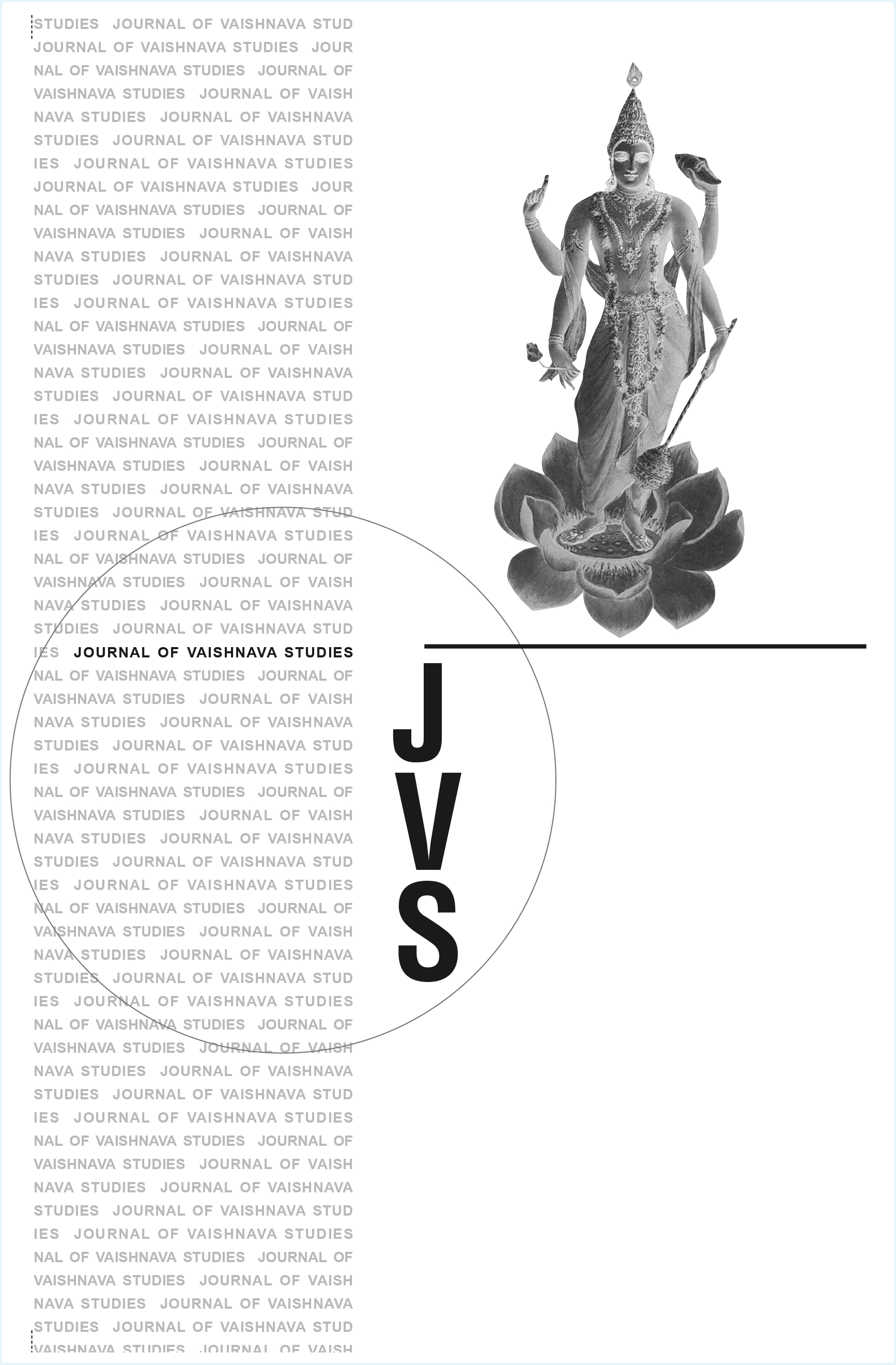The Bhagavad-gita and Srivaisnavism
Multilevel:Contextualization of an Ancient Hindu Text
Keywords:
Bhagavad-gītā, Mahābhārata, Kurukṣetra, Kṛṣṇa, Arjuna, Dharma, Philosophy, Upanishads, Family rivalry, Dharma-yuddha (righteous war), Spiritual discourse, Hinduism, Epic narrative, Commentaries, Theological interpretation, Soteriology, Cultural significance, Mythology, Dharma and adharma, Ethical dilemmasAbstract
This article provides a comprehensive overview of the Bhagavad-gītā within the context of the Mahābhārata, outlining its origins, philosophical themes, and cultural significance. It traces the Gītā's placement as an episode in the Mahābhārata, emphasizing its connection to the broader narrative of the Kuru dynasty’s familial conflicts, particularly the rivalry between the Pāṇḍavas and the Kauravas. The text explores the story of how the Kurukṣetra battlefield became the setting for the divine discourse between Lord Kṛṣṇa and Arjuna, highlighting the moral and spiritual dilemmas faced by the characters. It discusses the Gītā’s role as a philosophical scripture that synthesizes Upanishadic thought with the epic's social and religious values. Additionally, the article examines various interpretations and commentaries across history and underscores the Gītā’s enduring influence on spiritual and theological frameworks within Hinduism and beyond.Published
1995-06-20
Issue
Section
Articles





